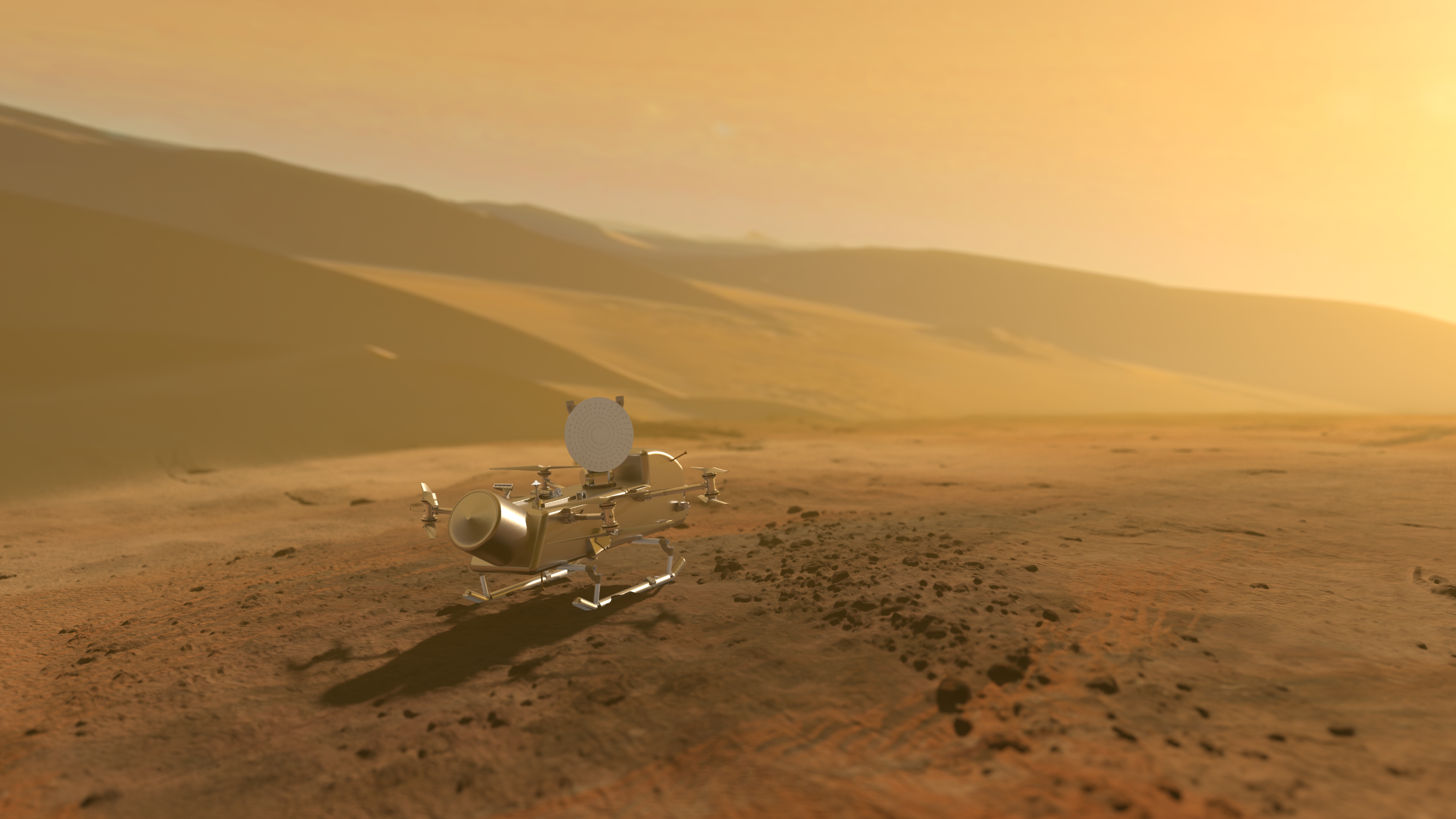5 min read
Cassini Significant Events 09/05/07 - 09/11/07
September 14, 2007
(Source: Cassini Project)
The most recent spacecraft telemetry was acquired on Tuesday, Sept. 11,
from the Goldstone tracking complex. The Cassini spacecraft is in an
excellent state of health and all subsystems are operating normally, given
the configuration established by the safing. Information on the present
position and speed of the Cassini spacecraft may be found on the "Present
Position" page at
http://saturn.jpl.nasa.gov/operations/present-position.cfm.
Wednesday, Sept. 5 (DOY 248):
An encounter strategy meeting was held today to cover the period from Sept. 10 to Oct. 2, Iapetus 1 to Titan 36, and maneuvers 128-130.
Thursday, Sept. 6 (DOY 249.):
The Navigation Team Chief has reported that the orbit determination uncertainties have converged to the level of the Iapetus ephemeris uncertainty, with the result that further improvement in the Iapetus delivery accuracy is not expected. The UVIS star occultation observation just prior to closest approach exists with or without Orbit Trim Maneuver (OTM) 127. Using tracking data through today, OTM-127 has a magnitude of 25.6 mm/sec. The downstream cost of cancellation is 17.5 mm/sec. Based on the minimal delta V cost of cancellation, the decision was made to cancel the maneuver. The maneuver would have executed on Sept. 8. A reaction wheel bias will be sent to the spacecraft to replace the one what would have been executed as part of the maneuver.
Friday, Sept. 7 (DOY 250):
The Aftermarket process for S37 has now completed. The next major activity in development for this sequence, the Science Operations Plan Update Process, will begin in about a week.
Monday, Sept. 10 (DOY 253)
Fabulous raw images of Saturn's moon Iapetus are now available on the Cassini web site. The raw image area is the most popular link on the Cassini-Huygens Mission to Saturn and Titan web site. Go to this link:
http://saturn.jpl.nasa.gov/multimedia/images/raw/index.cfm
Under Target, select Iapetus, and at the bottom click the button to search for images. A new world awaits you.
Here are some additional sources of information available regarding this flyby:
http://saturn.jpl.nasa.gov/news/press-release-details.cfm?newsID=774
http://saturn.jpl.nasa.gov/news/events/iapetus/index.cfm
http://saturn.jpl.nasa.gov/science/moons/iapetus/
http://saturn.jpl.nasa.gov/news/press-release-details.cfm?newsID=773
Closest approach occurred on Sept. 10 at an altitude of 1644 km - nearly 100 times closer than the non-targeted flyby in 2004 - and a speed of 2.4 km/sec. This is the first and only targeted encounter of Iapetus in the prime or proposed extended mission for Cassini. Early on, scientists and science planners identified two periods as being "high value" science for this flyby:
Observation Period 1: 2007-253T08:45:00 to 2007-253T20:05:00 SCET
Observation Period 2: 2007-253T22:20:00 to 2007-254T05:30:00 SCET
Instrument observations included RADAR scatterometry and radiometry, Imaging Science Subsystem limb topography and imaging, Composite Infrared Spectrometer high spectral resolution integration for composition and phase angle coverage, and Ultraviolet Imaging Spectrograph observations to determine the UV albedo of Iapetus' surface. In addition, the entire suite of Magnetospheric and Plasma Science instruments simultaneously performed outer magnetospheric survey observations.
In order to ensure against any data loss, the sequence was developed so that all of the high priority data would be played back twice.
Members of the flight team organized a presentation to occur on Tuesday in Von Karman Auditorium at JPL to give background on Iapetus to JPL employees and to view the raw images with live narration from some of the Cassini scientists.
Tuesday, Sept. 11 (DOY 254)
After all the science observations during the encounter were complete and the data were safely stored on the solid state recorders, playback of the data began. Twenty-one minutes into this data downlink, the spacecraft executed a safing routine to put it into a state called "safe mode". The cause was Traveling Wave Tube Amplifier RF Loss, triggered by a Solid State Power Switch (SSPS) trip, most likely caused by a galactic cosmic ray hit.
Tuesday morning, commands were sent to the spacecraft to resume high rate science and engineering data playback. The project received all of the data on the spacecraft downlinks on Tuesday and Wednesday, with no impact on the Iapetus science data return beyond a brief delay.
In the course of executing the safing routine, the spacecraft turns off all nonessential activities and transmits only engineering telemetry at a low data rate while it awaits commands from Earth. Due to the safing event, the S33 sequence executing on the spacecraft was halted and the science instruments were turned off. The last time Cassini executed safing was over four years ago during the execution of the C37 sequence. The SSPS trip was number 21 on the spacecraft since launch and the first since November 26, 2006
UPDATE:
At an anomaly resolution meeting on Wednesday, Sept. 12, the flight team and Project management selected the third of three options to follow to resume the S33 sequence execution and science data acquisition.
A mini-sequence will be sent to Cassini on Thursday, Sept. 13, to execute OTM-128. After that, the flight team will spend the next three days sending commands to reconfigure the spacecraft, turn on and load the science instruments, and turn the S33 background sequence back on. It is expected that all will be back to business as usual by Sunday, DOY 259T21:09:37 SCET.







